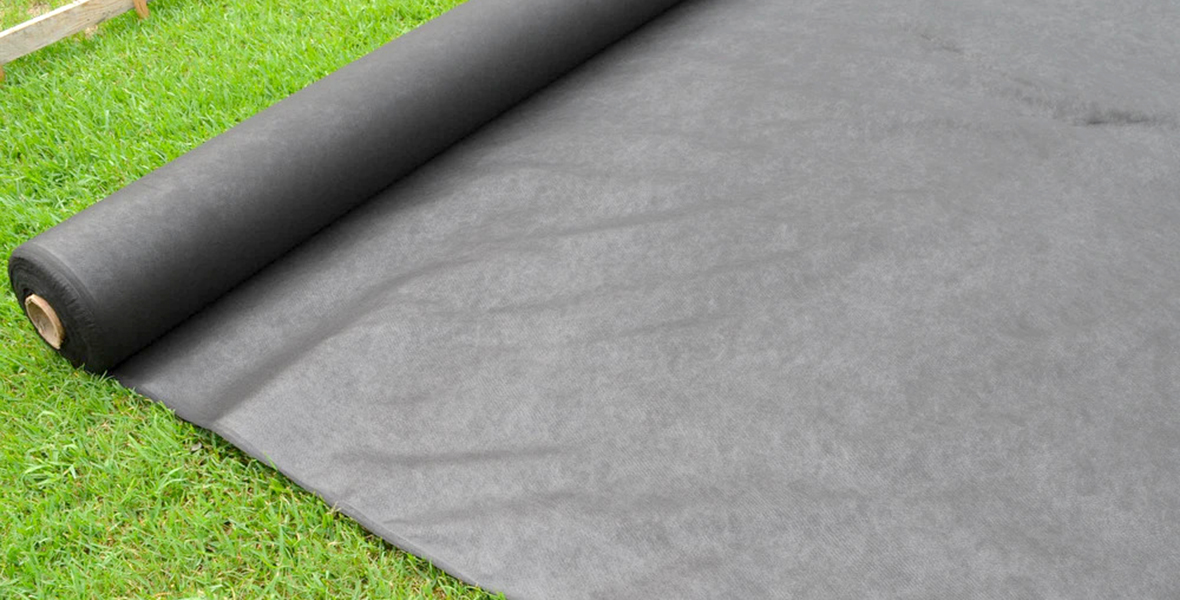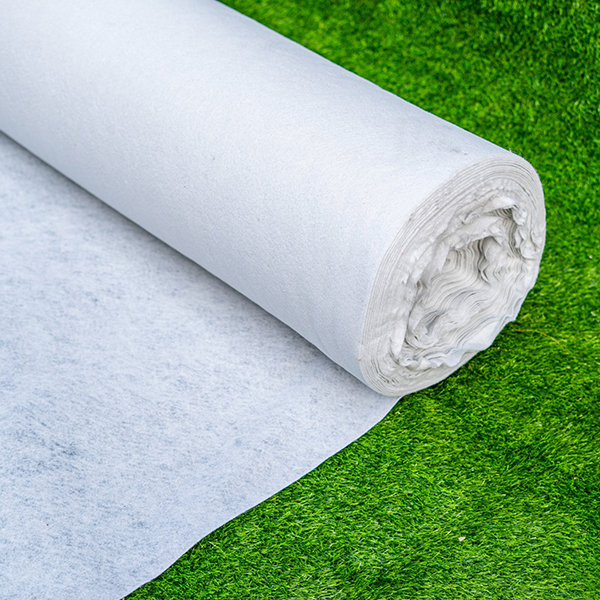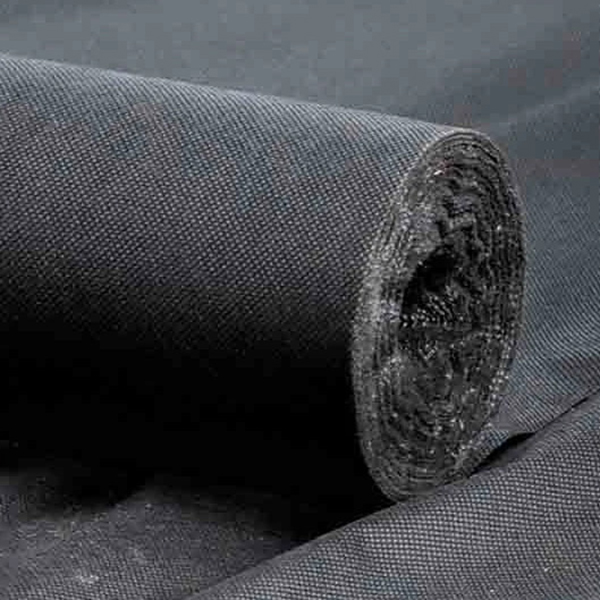Non-Woven Geotextile Fabric
Non-woven geotextile fabric is a type of synthetic fabric commonly used in civil engineering, construction, and landscaping applications.
Non-Woven Geotextile Fabric

Non-Woven Geotextile Fabric is a type of geotextile material made from synthetic fibers that are bonded together through methods such as heat, chemicals, or mechanical processes, rather than being woven. This results in a fabric that is generally thicker, more durable, and provides certain advantages over woven fabrics for specific applications.
Key Features of Non-Woven Geotextile Fabric:
- High Porosity: Non-woven geotextiles have excellent water flow properties, allowing for drainage in applications like filtration and separation.
- Strength and Durability: Despite their light weight, they are highly durable, with resistance to tearing, puncturing, and wear.
- Separation Function: They are often used to separate soil layers, preventing the mixing of different soil types, such as sand and gravel, which helps maintain the integrity of the structure.
- Filtration: Non-woven geotextiles allow water to pass through but prevent the movement of fine soil particles, making them ideal for drainage systems, road construction, and other similar applications.
- Flexibility: Non-woven fabrics are more flexible than woven fabrics, which makes them easier to install in curved or irregular shapes.
- Chemical Resistance: They typically have good resistance to chemicals, UV degradation, and other environmental factors.

